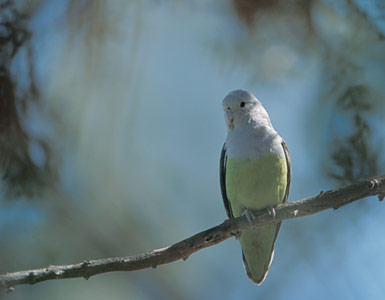Abyssinian Lovebirds
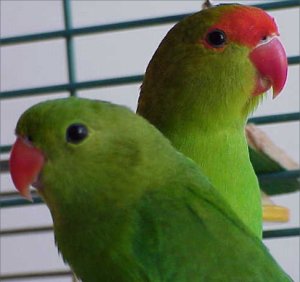
Also knowns as the black-winged lovebird, this is a sexually dimorphic lovebird species. The male on the right as you can see has a red forehead and red ring around the eye. The female has no red on the forehead (right). Peachfaced, Fischer’s, and Masked lovebirds are NOT dimorphic – which means they have similar color so you can’t tell them apart visually.
The natural habitat of Abyssinians ranges from southern Eritrea to southwestern Ethiopia. They tend to be found on the high plains and mountainous regions.
The size is about 6-61/2 inches, making them the largest of the lovebird species.
Diet is typical of lovebirds, but they need a higher fat content. Janet Landvater recommends adding an ample supply of sunflower seeds to the diet to meet this need, and she supplements hand-feeding formula with peanut butter.
They also like corn, apples, and mission figs.
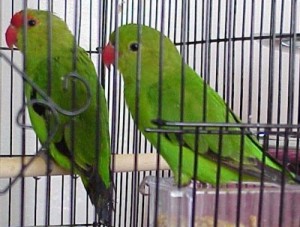
Peachfaced Lovebirds
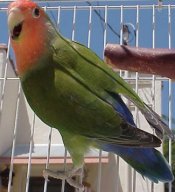
Called peachfaced lovebirds because the wild-type coloring has a reddish face (not really all that peach-colored frankly), this species also comes in a wide variety of color mutations. Some people get confused when they see a white-faced lovebird and someone says it is a peachfaced lovebird – well, it is! It is just one of the many color mutations that have occurred in captive breeding – but they are still part of the species Agapornis roseicollis (peachfaced lovebirds).
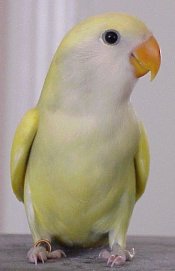
These are just a few examples of peachface lovebird colors. Be sure to visit the more extensive section on lovebirds to get more details on the various color mutations.
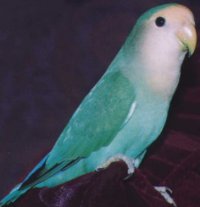
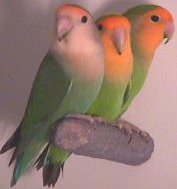
Black Masked Lovebird
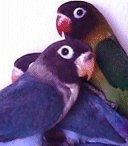
The reason for their common name is obvious, although some mutations do not show the black mask, such as the albino mutation shown below. When you hear about blue masked lovebirds – they are actually blue BLACK masked lovebirds. The blue does not denote the mask, but the ground color of the mutation.
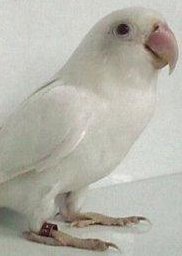
Fischer’s Lovebirds
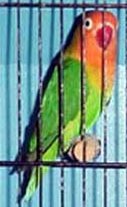
This eyering species comes in some amazing colors
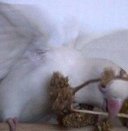
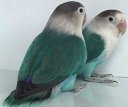
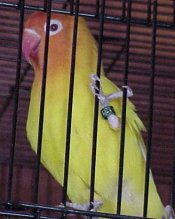
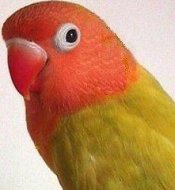
Madagascar Lovebird
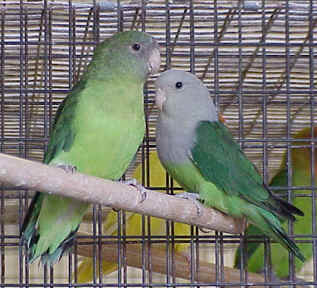
This sexually dimorphic lovebird species is rarely seen in aviculture and is known to be difficult to breed. They come from the island of Madagascar off the coast of Africa and are the smallest of the lovebird species.
